26th August, 2025
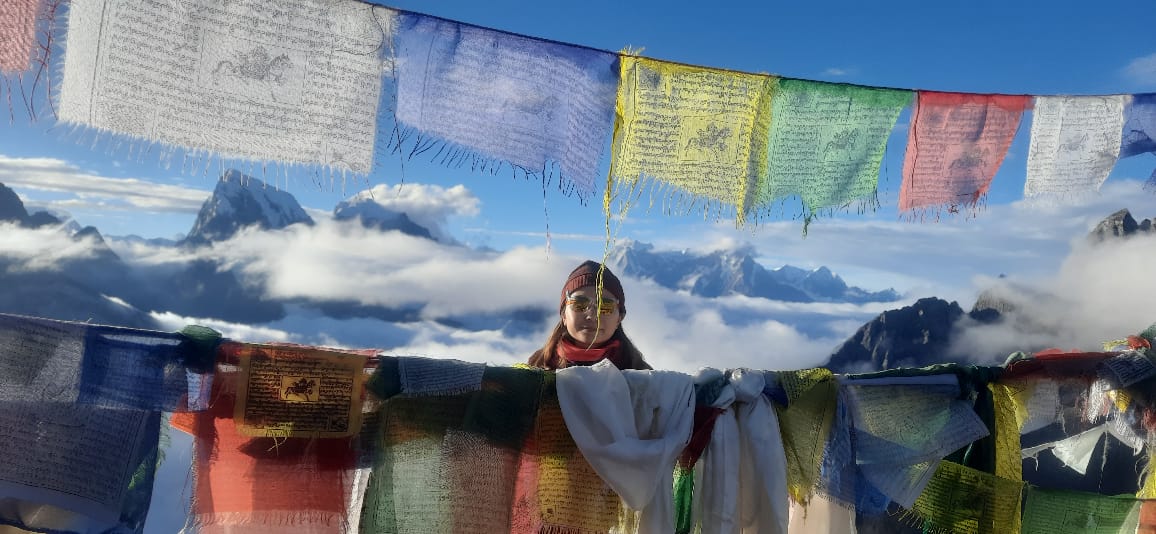
Jul 07, 2024
Best Time for Everest Base Camp Trek
For those who have invested years of anticipation and months of meticulous planning, this month’s blog delves into the "Best Time for Everest Base Camp Trek."
Our goal is to provide you with a comprehensive guide to the Everest Base Camp trekking seasons, equipping you with the essential information needed to plan your journey during your preferred time of year.
Understanding the optimal season for your Everest adventure is crucial for making the most of your trek. With this guide, we aim to shed light on the different trekking seasons and help you choose the best time based on your personal preferences and expectations.
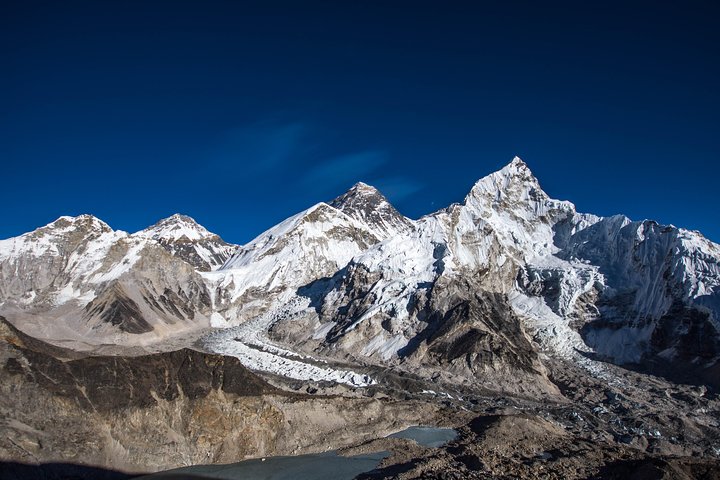
EVEREST BASE CAMP TREK 8 DAYS
Everest Base Camp Trek with Helicopter return eight-day If you're enthusiastic in trekking, hiking, and conquering the higher alp, accomplishing Everest Base Camp walking is the last succes...
Key Seasons to Consider:
The most popular months for the Everest Base Camp trek are March, April, May, September, October, and November. These months are renowned for their favorable weather conditions, offering clear skies, moderate temperatures, and stunning views. Spring (March to May) and autumn (September to November) are particularly sought after for their ideal trekking conditions and minimal risk of weather-related disruptions.
Off-Season Opportunities:
If you seek a quieter, more serene hiking experience, the off-season months of January, February, June, July, August, and December might be the perfect fit. These months are less crowded, allowing for a more peaceful trek. During these times, you can enjoy the tranquility of the Himalayas, engage more deeply with the local communities, and fully appreciate the natural beauty of the Everest region without the hustle and bustle of peak trekking season.
Seasonal Insights:
Each season offers its unique advantages and challenges. Spring and autumn are praised for their excellent weather and clear mountain views, making them prime times for trekking. In contrast, the winter and monsoon months present their own set of conditions, with winter offering stunning snow-covered landscapes and monsoon bringing lush greenery but also heavy rains and muddy trails.
In the following sections, we provide a detailed breakdown of what each season entails, including temperature ranges and what to expect during your Everest Base Camp trek. This information will help you make an informed decision and plan your trek to match your preferences for weather, crowd levels, and overall experience.
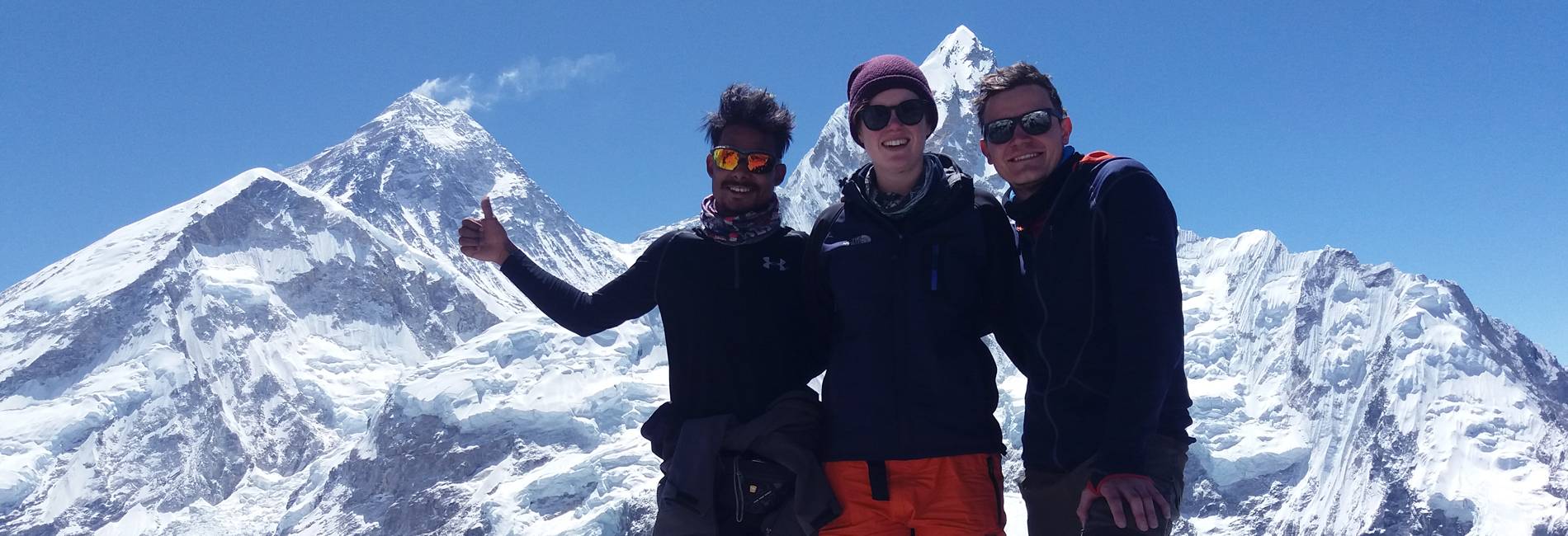
EVEREST BASE CAMP TREK
Cross this off your “bucket list” – a “dream come true experience”Everest is the ultimate goal of many people and those who had already been there rating it as one of the best experiences of their liv...
Everest Base Camp Trek in Winter Season (December/January/February)
Trekking to Everest Base Camp during the winter season—spanning December, January, and February—offers a distinctive and exhilarating adventure set against the snowy splendor of the Himalayas. This period is marked by fewer trekkers, creating a serene and almost ethereal atmosphere as you navigate the trails.
Unique Winter Experience
In winter, the Everest region is transformed into a breathtaking winter wonderland. The average temperature during the day is around 10°C (50°F), with highs reaching up to 17°C (62.6°F) on clear, sunny days. However, the temperature can plunge dramatically at night and at higher elevations, dropping to as low as -20°C (-4°F). This cold can be both a challenge and a marvel, as the freshly fallen snow blankets the landscape in a pristine layer, creating a stunning, tranquil setting.
Preparation is Key
Preparing for a winter trek to Everest Base Camp requires special attention. Proper winter trekking gear, including insulated clothing, thermal layers, and sturdy footwear, is essential to combat the extreme cold and stay comfortable. Tea houses along the trail provide extra blankets, but it’s wise to bring your own sleeping bag rated for very low temperatures. The cold can be intense, especially at higher altitudes, so having the right equipment is crucial for a safe and enjoyable trek.
Advantages of Winter Trekking
One of the significant benefits of trekking in winter is the reduced number of trekkers on the trail. The solitude and quiet of the snowy mountains can be profoundly peaceful, offering a unique opportunity to connect deeply with the natural environment. The absence of crowds allows for a more intimate and reflective experience, with the majestic Himalayan peaks standing out in stark, beautiful contrast against the snow.

GOKYO VALLEY TREK
“The track less travelled & unrivalled beauty”The Gokyo valley trek is another option for those heading to Everest Base Camp. Its popularity makes it the second most travelled route in the Everest...
Disadvantages to Consider
Despite its advantages, winter trekking comes with challenges. The extreme cold can be harsh, particularly at night when temperatures drop below freezing. The trails can also be more difficult to navigate due to snow and ice, which may increase the risk of slips and falls. Additionally, the cold can impact your overall trekking experience, requiring extra preparation and caution.
Conclusion
The best time for the Everest Base Camp trek ultimately depends on personal preferences and what you seek from the experience. Winter offers a serene, less crowded adventure but demands careful preparation to handle the cold. Whether you prefer the solitude of winter or the vibrant activity of other seasons, each period presents its own unique opportunities for experiencing the awe-inspiring beauty of the Himalayas. Embrace the season that aligns with your trekking goals to create an unforgettable journey to Everest Base Camp.
Everest Base Camp Trek in Autumn Season (End of September/October/November)
The autumn season, spanning from the end of September through October and November, is celebrated as one of the best times to embark on the Everest Base Camp trek. This period is characterized by favorable weather conditions, clear skies, and stunning panoramic views, making it a favorite choice for trekkers from around the globe.

EVEREST BASE CAMP WITH GOKYO LAKE TREK
Everest Base Camp surrounded by jagged peaks & the emerald green Gokyo Lake (depth 43m) is a must for trekkers wanting some variety and added beauty!Venture off the beaten track and get to experie...
Autumn Scenery and Weather
During autumn, the Everest Base Camp trek is graced with a picturesque transformation of the landscape. The lush green valleys give way to a tapestry of warm, vibrant colors, as the foliage shifts to hues of gold, crimson, and amber. This seasonal change enhances the already majestic backdrop of the Himalayas, creating an awe-inspiring scene for trekkers.
The weather during this season is generally pleasant and favorable for trekking. The average daytime temperature is around 17°C (62.6°F), with daytime highs reaching up to 20°C (68°F) on clear days. However, temperatures can drop significantly at higher altitudes, with nighttime lows at Everest Base Camp and above 4,000 meters reaching as low as -15°C (5°F). Despite these chilly temperatures at higher elevations, the mild conditions lower down make for comfortable trekking experiences.
Cultural Highlights
Autumn is also a time of vibrant cultural festivities in Nepal, particularly with the celebration of Dashain and Tihar. These significant festivals fill the country with a festive atmosphere, featuring colorful decorations, traditional music, and cultural rituals. Trekkers during this season have the unique opportunity to experience these cultural celebrations, adding a rich cultural dimension to their trekking adventure.
Social and Trekking Experience
The autumn season draws a large number of trekkers, offering opportunities to meet and connect with fellow adventurers from diverse backgrounds. This global convergence fosters a sense of camaraderie and shared experience among trekkers, enriching the overall journey. The social interactions along the trail can enhance your trekking experience, providing shared stories and support amidst the stunning natural beauty.
Conclusion
Overall, autumn is an ideal time for the Everest Base Camp trek due to the pleasant weather, breathtaking scenery, and the chance to partake in vibrant cultural festivals. The clear skies and moderate temperatures make the trek enjoyable, while the opportunity to engage with fellow trekkers and experience local traditions adds a unique and memorable dimension to the adventure. For those seeking the best of both natural beauty and cultural richness, autumn provides an exceptional backdrop for reaching the iconic base camp of the world’s highest peak.
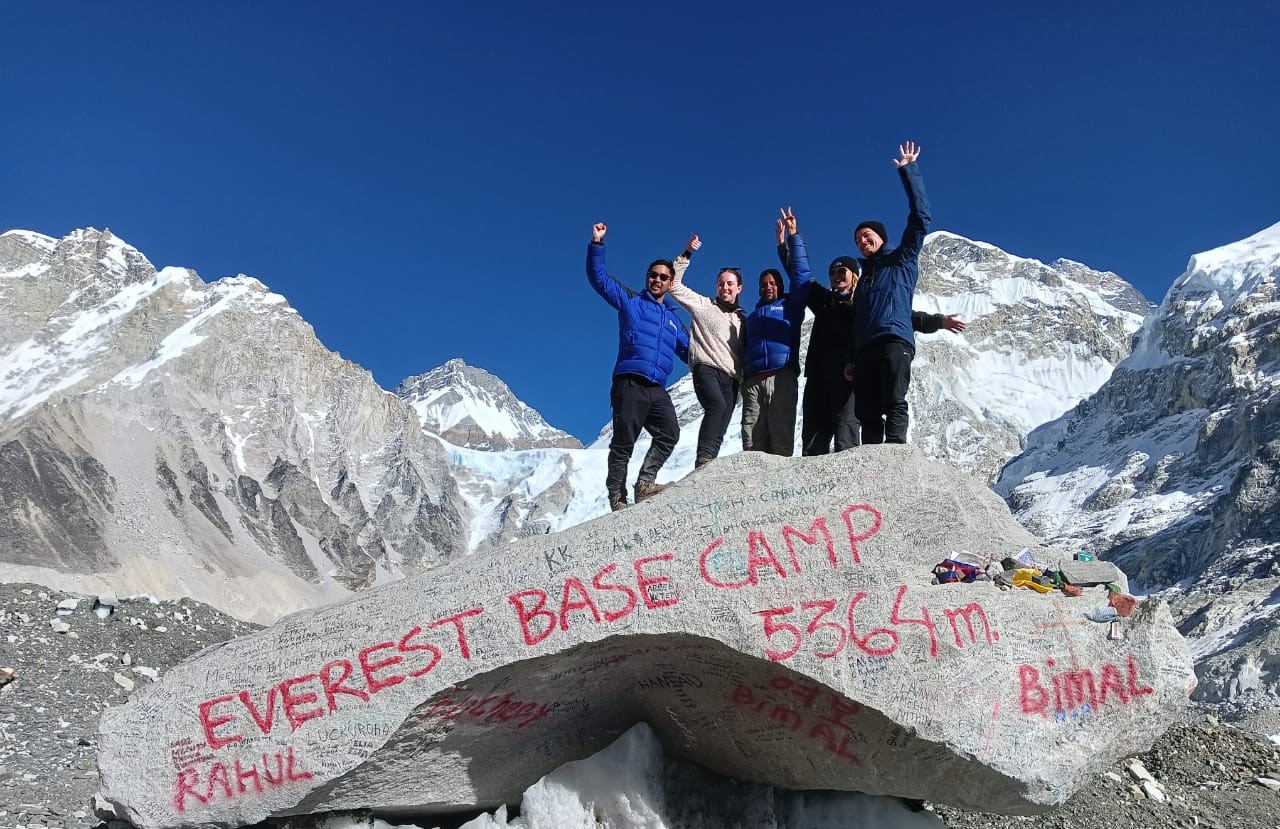
EVEREST BASE CAMP TREK 7 DAYS
For those with an adventurous spirit and a need for a personal challenge to one of the world’s most spectacular places. The Everest Base Camp Trek gives you a great opportunity to explore a unique hig...
Everest Base Camp Trek in Monsoon Season (July/August through Mid-September)
Embarking on the Everest Base Camp trek during the monsoon season, from July through mid-September, presents a distinctive set of challenges and rewards. This period is marked by heavy rainfall, which significantly impacts trail conditions and overall trekking experience.
Weather and Trail Conditions
Monsoon in Nepal is characterized by substantial rainfall, leading to muddy and slippery trails throughout the Everest region. The lower elevations, particularly along the initial sections of the trek, can become quite soggy, making hiking conditions more difficult. However, as you ascend higher, the amount of rainfall generally decreases, and the trails become somewhat less affected by the rain.
Despite these challenges, the monsoon season unveils a unique and hidden beauty along the Everest Base Camp trail. The lush greenery and vibrant wildflowers in full bloom add a fresh and colorful touch to the landscape. The sight of blooming rhododendrons and other flora against the backdrop of the towering Himalayas provides a visually stunning contrast, creating a picturesque trekking environment.
Advantages of Monsoon Trekking
One significant advantage of trekking during the monsoon season is the reduced number of trekkers on the trails. As monsoon is considered the off-season for trekking in Nepal, you can enjoy a more tranquil and less crowded experience. This seclusion allows for a more personal connection with the natural surroundings and offers opportunities for introspection and a deeper appreciation of the serene environment.
Challenges and Precautions
The challenges of trekking in the monsoon season include navigating slippery and muddy trails, which require extra caution and proper footwear. Trekking poles and waterproof gear become essential to ensure stability and comfort on the treacherous paths.
Additionally, the monsoon season can lead to frequent flight delays and cancellations, especially in Lukla, the gateway to the Everest Base Camp trek. The unpredictable weather can disrupt flight schedules, necessitating flexibility and additional time in your itinerary to accommodate potential delays.
Temperature Considerations
During the monsoon season, the average temperature in the Everest region hovers around 22°C (71.6°F), with daytime highs reaching up to 30°C (86°F) on clearer days. However, at higher elevations above 4,000 meters, temperatures can drop to as low as -5°C (23°F) overnight. This range of temperatures underscores the need for layered clothing and adequate preparation to handle the varying conditions.
Conclusion
Trekking to Everest Base Camp during the monsoon season offers a unique adventure characterized by lush landscapes and fewer crowds, though it comes with its own set of challenges. Proper preparation, including appropriate gear and flexibility in travel plans, is essential to navigate the slippery trails and potential flight disruptions. For those who are well-prepared and embrace the monsoon's distinctive beauty, this season can provide a rewarding and unforgettable trekking experience.
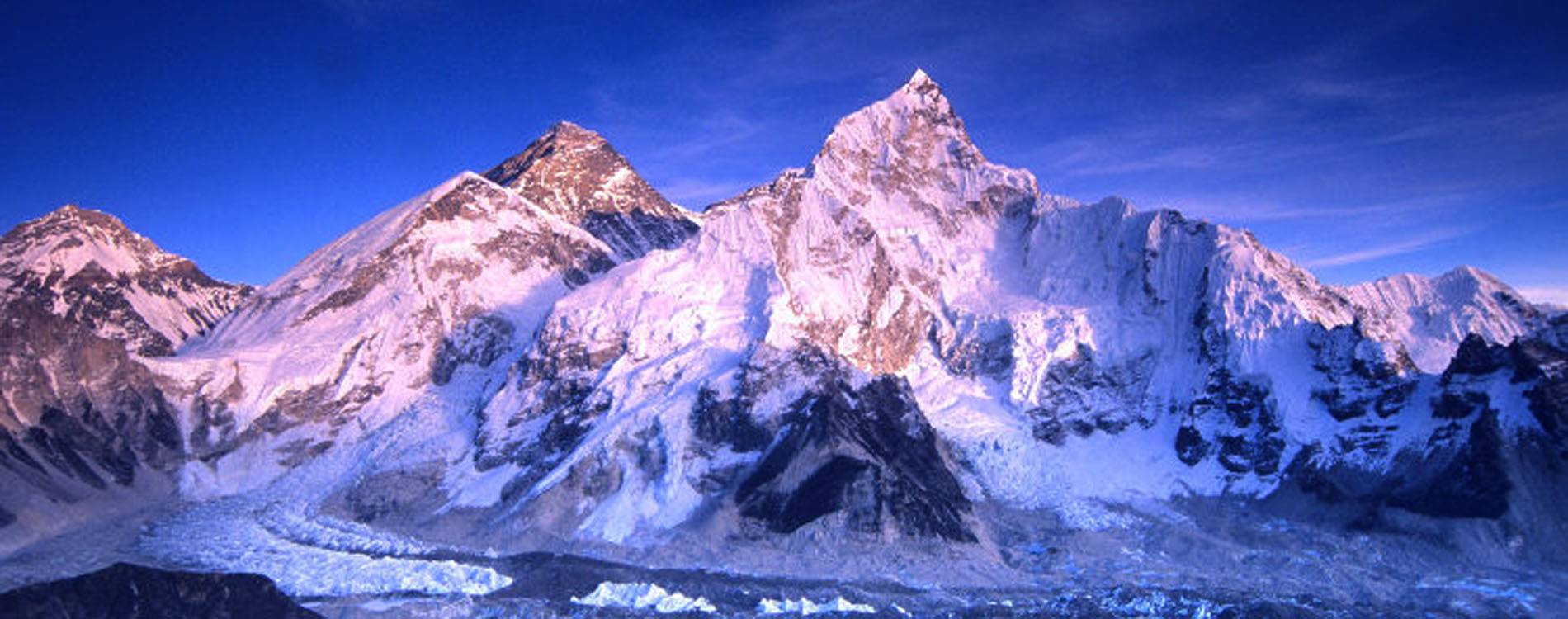
14 DAYS EVEREST BASE CAMP TREK
For those with an adventurous spirit and a need for a personal challenge to one of the world’s most spectacular places.Our 14 day Everest Base Camp Trek (EBC Trek) is the most popular trek in the...
Spring Season (March/April/May/June): Best Time for Everest Base Camp Trek
Embarking on the Everest Base Camp trek during the spring season—encompassing March, April, May, and June—is often considered one of the most ideal times to undertake this remarkable adventure. This season is marked by its pleasant weather, stunning natural beauty, and vibrant atmosphere, making it a popular choice for trekkers.
Weather and Trail Conditions
Spring in the Everest region brings a combination of clear skies, moderate temperatures, and a vibrant display of seasonal flora. The average temperature during this period hovers around 20°C (68°F), with daytime highs reaching up to 25°C (77°F). However, at higher altitudes above 4,000 meters, temperatures can plummet to as low as -15°C (5°F) at night. Despite these variations, the overall weather conditions are generally favorable, making it an excellent time for trekking.
During the spring season, the Everest Base Camp trail is adorned with a spectacular array of blooming flowers. The Rhododendron, Nepal’s national flower, adds a burst of color to the landscape, creating a visually captivating experience. This floral display not only enhances the trekking environment but also provides breathtaking photo opportunities.
Advantages of Spring Trekking
One of the significant advantages of trekking during the spring season is the reliability of flights from Lukla, the gateway to the Everest region. Daily flights operate with regularity, facilitating easier access to the start of the trek. Additionally, the season offers exceptional visibility, allowing trekkers to enjoy unobstructed views of the majestic Himalayan peaks, including Mount Everest. The panoramic vistas of snow-capped mountains and clear skies contribute to a memorable trekking experience.
Spring also marks the beginning of the trekking season in Nepal, creating a lively and enthusiastic atmosphere. Trekkers from around the world flock to the Everest region, offering a sense of camaraderie and shared adventure along the trail. This vibrant environment adds to the overall experience, allowing trekkers to connect with fellow hikers and enjoy the journey together.

12 DAYS EVEREST BASE CAMP TREK
Once in a lifetime experience!A high altitude escapes to a culturally rich and fascinating region of the Himalayas.Trekking enthusiasts have been making this epic journey to Everest Base Camp sin...
Potential Disadvantages
However, the popularity of the spring season can lead to overcrowding on the trails. Particularly in popular sections of the trek, the influx of tourists can result in congestion, making the trek more challenging as you navigate through crowds of fellow trekkers. This increased traffic can affect the overall experience, as it may become more difficult to find moments of solitude.
Conclusion
Trekking to Everest Base Camp in the spring season offers a blend of favorable weather, stunning natural beauty, and a vibrant trekking atmosphere. While the trails can be crowded, the benefits of clear views, reliable flights, and the opportunity to witness the bloom of seasonal flowers make spring a highly recommended time for this iconic trek. Embracing the lively spirit of the season and being prepared for potential crowds can help ensure a rewarding and memorable Everest Base Camp adventure.
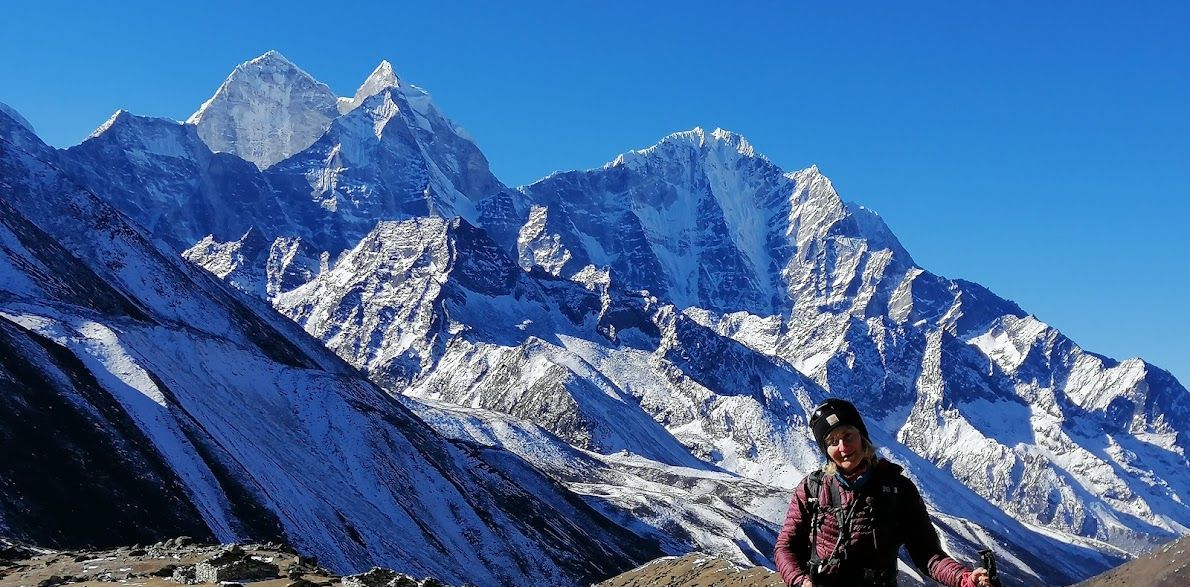
10 DAYS EVEREST BASE CAMP TREK
Cross this off your bucket list and follow the trail of Hillary and Sherpa Tenzing to Everest Base Camp. Our 10 Days Everest base camp trek takes you to an altitude of 5364m which is a challenge...
Any Questions? Let Us Know.
Recent Posts
17th June, 2025


















